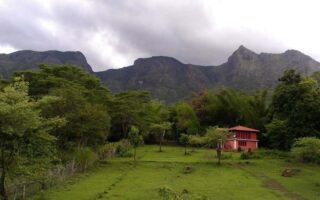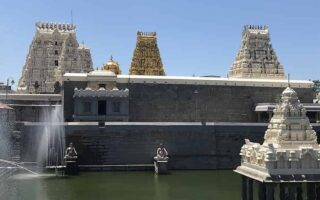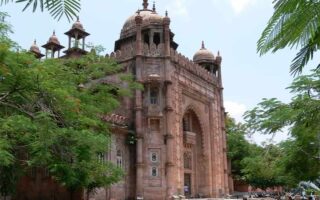- Capital of Tamil Nadu: Chennai
- Cradle Of: South Indian Temple Architecture
- Official State Language: Tamil
- Best Time to Visit: December to February
Tamil Nadu is betrothed with distinct and diverse topography. 17.6% is covered with forest area of the total land of 1,30,058 sq- kms. This forest area covers the plains and the mountain slopes. Dry lands in Tamilnadu are decorated scrubs, dry 9 deciduous forests, thorn forest and mangroves. The other cooler region and the Western Ghats are gifted with wet evergreen forests, and the moist deciduous forest. There are seventeen wildlife sanctuaries and five national parks in Tamilnadu.
The most prominent wildlife sanctuaries in Tamilnadu are the Mundanthurai Tiger Sanctuary, Vedanthangal Bird Sanctuary, Anamalai (Indira Gandhi) Wildlife Sanctuary, Kalakadu Wildlife Sanctuary, Mudumalai Wildlife Sanctuary, Calimere Wildlife Sanctuary, Koonthankulam Bird Sanctuary, National Park, and The Viralimalai Sanctuary.
The Guindy National Park and the Gulf of Mannar Marine National Park are amongst the most favorite National Parks of the Visitors. The most recent and modern zoo is located at Chennai which is known as Anna Zoological Park. The collection of reptiles can be seen in the very famous Snake Park & the Crocodile Bank.
Anamalai Indira Gandhi Wildlife Sanctuary
- Location: 90-Km from Coimbatore, Tamil Nadu
- Area: 958 Sq-Kms
- Recently Renamed As: Indira Gandhi Wildlife Sanctuary
- Best Time to Visit: January to February and June
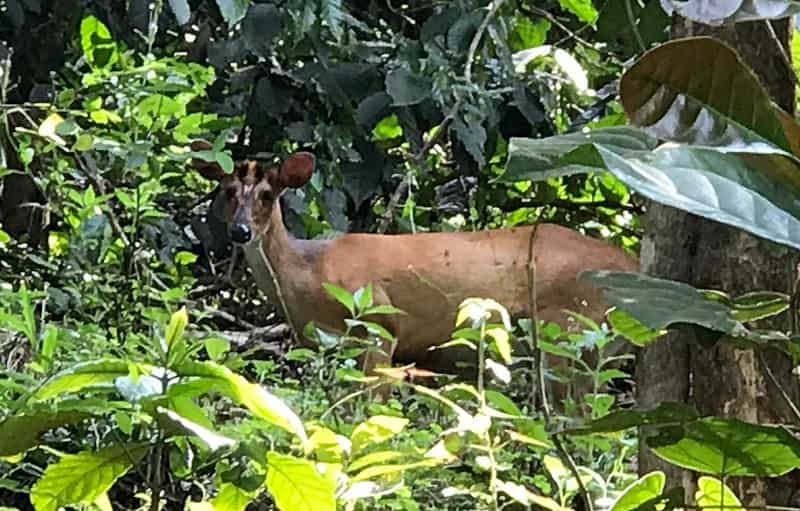
Anamalai Indira Gandhi wildlife sanctuary is situated at around 1,400 meters near Pollachi in the Western Ghats and at a distance of 90 kms from Coimbatore. Recently it is renamed as Indira Gandhi Wild Life Sanctuary and covers the area of 958-Sq-kms. It is an ecological paradise comprising of wildlife sanctuaries.
Fauna
It has vast range of Gaur, Panther, Deer, Wild Dog, Flying Squirrel, Civet Cat, Drongo, Elephant, Tiger, Sloth Bear, Wild Bear, Porcupine, Jackal, Pangolin, and birds like Rocket-tailed Red Whiskered Bulbul, Tree Pie, Spotted Dove, Black Headed Oriole, Pigeon, etc. It has the huge number of crocodiles in its Amravati reservoirs.
Attraction of the Place
Anamalai has various places of beautiful nature such as Grass hills, Waterfalls, teak forests, Karian Shola, Anaikunthi Shola, groves, dams and reservoirs. One can enjoy this beautiful sites either by hiring a van or even by residing at elephant’s back. Children would love the later ride and would enjoy more on nature’s back.
Tourist Information
You can prefer to stay at the Park Reception Office and the Top Slip which is just around 35-kms to the southwest of the Pollachi.
Entrance
The visitors can enter directly into the park from Top Slip or through the park at Parambikulam in Kerala. The park is available to visitors from 6 am to 6 pm for a day. You can drive in with your vehicle and have trip in the park. Also, park department’s vehicle goes around between 8 am to 5 pm around the park. Visitors are also allowed to walk around the park but not without the guide.
Residing Sheds
You can reside at lodges available in Top Slip that must be booked well in advance at Wildlife Warden Office, 178 Meenakari Road, in Pollachi. Lodging is limited for one night only. The best place to stay is Ambuli Illam at top – Slip. They have their restaurants too. Even, the Pollachi has several places to visit.
Mudumalai Wildlife Sanctuary and National Park
- Located At: At the distance of 65-km from Udhagamandalam, Tamil
- Vicinity: 321 sq-km
- Best Period to Visit: January – March and September-October
- Popular For: Rich Fauna
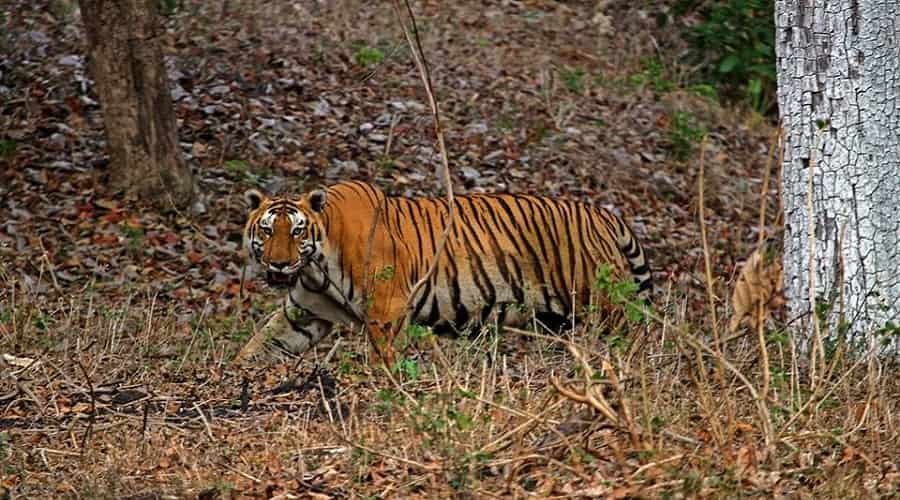
The Mudumalai Wildlife Sanctuary and National Park is located at Western Ghats, Nilgiri Hills and the Eastern Ghat assembles together. The highway of Mysore-Ooty passes through the sanctuary, subsequent to the route though which Mayar River flow that gets divided into Mudumalai from Bandipur.
This 321 sq-km extensive sanctuary comprises a National Park compiling an area 103sq-kms. This sanctuary is a blend of open grassland, valleys, swamp and flat land. Along with the distinct array of animals and beautiful birds, this sanctuary is enriched with the fauna that has made Mudumalai very famous with the nature lovers and enthusiasts.
Mudumalai also has the tigers in it; it takes a lot to preserve this category as they are on the verge of extinct. The people here take the special care for perseverance of this species and help the ecology to maintain its treasure. There are many other species that can be spotted easily.
Fauna
The fauna comprise of Elephants, Banner, Common Langur, Leopards, Sloth Bear, Barking Deer, Otter, Giant Flying Squirrel, Wild Dog, Mouse Deer, Jackal, Porcupine, Gaur, Macaque, , Tigers, Chital, Panther, Python, Four Horned Antelope, Crocodiles (Mugger), Sambar, Hyena, Wild Boar, Spotted Deer, Hare, and Mongoose.
The birds found in this sanctuary are Peacock-our National bird, Red Spur Fowl, Goggle Eyed Plover, Large Racket-Tailed Drongo, Spotted Babbler, Small Green Barbet, Brown Dove, Malabar Grey Hornbill, Grey Jungle Fowl, Grey Partridge Quails, Malabar Whistling Thrush, the Magpie-robin, Green Pigeons, Bulbuls, Mynahs, etc. Among birds of prey, Hawks, Buzzards, Eagles, Falcons, Harriers, and King Vulture are important, along with some migratory water birds.
Tourist Guide
- Facilities : You can hire vehicles and can enjoy the ride of Elephant Safari.
- Contact : The wildlife Warden, Coonoor Road, Udhagamandalam.
Where to Stay?
“Theppakkadu” is an elephant camp within the century. You can accommodate at TTDC’s Hotels and in the rest houses in Masinagudi, Kargudi and Abhayaranyam and the Bamboo Banks Farms that is at the distance of 18-km.
- Must Read: Offbeat Travel in Tamil Nadu
Calimere Wildlife Sanctuary
- Location: 90-Km Southeast Of Thanjavur, Tamil Nadu
- Area: 17.26-Sqkms
- Also Known as: Kodikkarai Wildlife Sanctuary
- Time To Visit: Between November and January
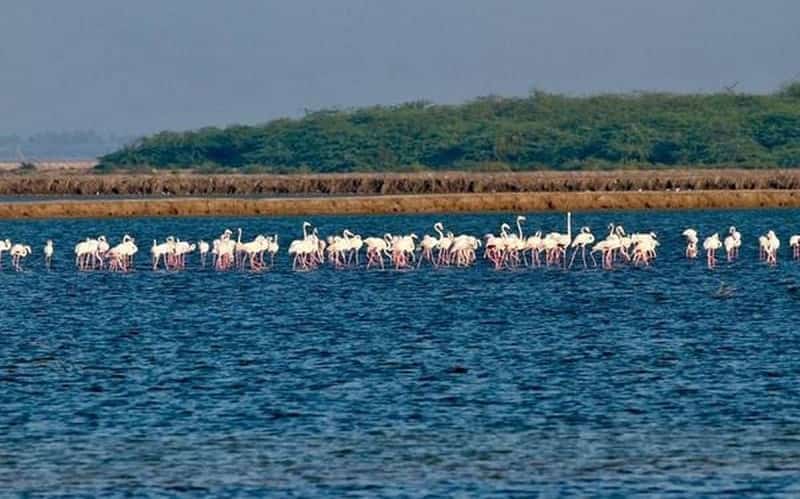
Calimere Wildlife Sanctuary is also known as “Kodikkarai”. It is located at 90km southeast of Thanjavur in a wetland. Widely spread around 17.26-sq-km is encircled by shore and sea. It comprises of evergreen forest covered with mangroves and the forest of tidal swamps. This Kodikkarai opens into the Palk Strait unraveling India and Sri Lanka. The huge flock of migratory flamingos assembles here every winter.
Fauna
Calimere wildlife sanctuary is endowed with variety of wildlife such as Wild boar, Black Buck, Teals, Terns, Plavers, Chital, Bonnet macaque, Flamingos, Gulls and Stilts. Stumbling with the Turtles and Dolphins is most attractive for the visitors that come to the shore very rarely.
Birds Visiting Sanctuary
In the month of November and January, the shore is beautifully decorated with Curlews, Terns, Sandpipers, Herons, Teals, Gulls, Plovers, and Shanks. The flock of flamingos around 3000 visits this place is worth watching.
There is also an array of birds like Mynas, Barbets and Koels gets attracted to this sanctuary because of wild berries. The summer here, from April to June is not happening as that of rainy season between October to December.
Where to Stay?
The Forest department has come up with the facility of rest house where the rooms are available along with the meals by staff. The best is to confirm the reservation with the Forest Officer of Thanjavur prior to visit the sanctuary.
Gulf Of Mannar Marine National Park
- Located At: Coast of Ramanathapuram and Thoothukudi (Tuticorin) Districts, Tamil Nadu
- Significance: First Marine Biosphere Reserve
- Special Attraction: Fauna and Flora with more than 3,600 species.
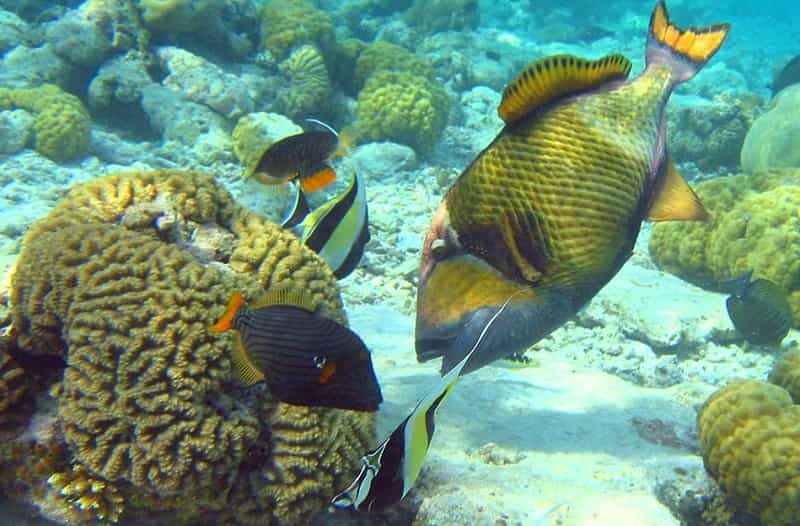
Gulf of Mannar Marine National Park is breath taking marine biosphere flowing and marking its imprint on the coast of the Ramanathapuram and Tuticorin districts. The entire Gulf of Mannar engulfs distinct marine life casing 10,500-sq-kms with 21 marvelous islands with the incessant extend of coral reefs.
Fun with Flora and Fauna
The beautiful blue ground at the Gulf of Mannar Marine National Park is the first Marine Biosphere Reserve not only in India but in the entire Southeast Asia. It encompasses Turtles, Balanoglossus, Coral reefs and Dugong. Dolphin adds ecstasy to the journey of visitor. The presence of flora, coral reef and fauna adds journey in its own way. The coral reefs surrounding this region are extremely productive and are well known as “Underwater tropical Rain Forest” along with the treasure home for ornamental fishes.
The Marine Reserve
Gulf of Mannar Marine National Park is considered to be one of the richest affluent for the biodiversity resource in the entire Indian subcontinent. The prosperity of its marine life can be judged from the reality that has more than 3,600 species of flora and fauna. Kurusadai Island has infinite expense of Shallow waters.
Gulf of Mannar Marine National Park is exceeding more than 138 villages and towns that are stretch over five districts rely on the fishery resource that comes from the gulf. Fishing is done here on the commercial basis and at very large scale in an area of about 5,500 sq.km. and nearly 50,000 people residing in 47 villages on the coastline of the Gulf of Mannar. All the people are directly or indirectly depend upon biodiversity resource of the marine biosphere reserve for their source of revenue.
Where to Stay?
Hotels are available in Mandapam, Ramanathapuram and Tuticorin.
Snake Park
- Located At: Guindy, Chennai, Tamil Nadu
- Founder: Romulus Whitaker
- Established In: 1972
- Famous: Snakes
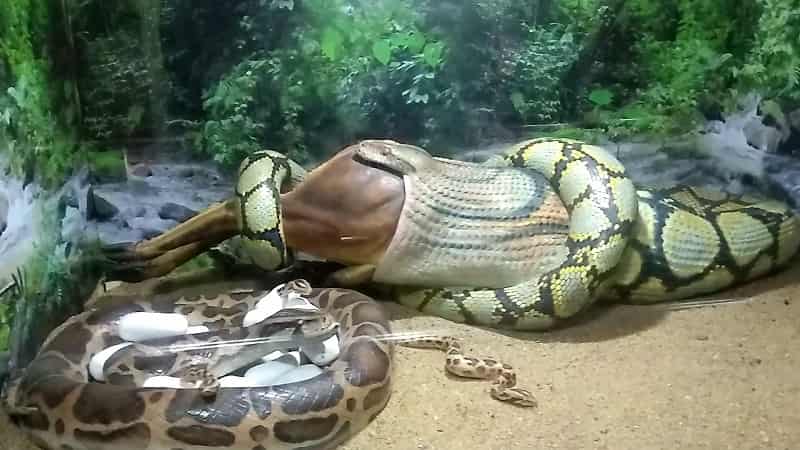
Get Enthralled by Snakes
Romulus Whitaker, the wildlife conservationist is the founder of the Snake Park which is located at Guindy in Chennai. It is house for the varied range of amphibians. Pythons, Adders, Monitor Lizards, Cobras, Kraits, Vipers and huge Turtles are also found in this Snake Park. Turtles are main attraction here. The snake park is very well maintained and they reveal the information to eradicate the myths about the reptiles.
The Snake Park is available for all with no age bar. It has varied range Indian reptiles and snake that can be viewed with the closer view. The Snake Park is so famous that the people from outside the India also come specially to visit this Snake Park. They have rare kind of snakes found only in the Snake Park; however, some of the snakes are in jeopardizing now.
Established In
A group of naturalists have established the Madras Snake Park Trust (MSPT) in 1972 at Guindy National Park, Chennai. Snake Park was known as the alleged tourist centre of Chennai to the world as it was under the inception.
Demonstrations at the Park
The Snake Park hire the expertise with the deep knowledge and proficient snake catchers from the Irula Tribal are specially employed for the show. The visitors here are informed and educated about the reptiles and snakes with the lectures, demonstrations, in the different languages like Tamil, English and Hindi by the hour. Taking into consideration the amount of interest that visitors show, they give chance to the visitors to handle snake. The best in the demonstration is the part where they show the venom-extraction. It’s quite interesting and knowledgeable.
Attractions Nearby
Children’s Park
Children’s Park is just beside the Snake Park that has vast park with the different animals like Peacocks, Deer, Elephants, etc. It also comprises of swings, slides and playground specially designed for kids. Pony rides and the Elephants rides are available on weekends. This park has got a beautiful collection of birds.
Where to Stay?
Being the state capital, Chennai has many options for the accommodation from economic to luxurious class.
Guindy National Park
- Located At: Chennai, Tamil Nadu
- Faunal Attraction: Occurrence of Indian Antelope
- Includes: A Snake Park and A Children’s Park
- Famous As: A Picnic Spot
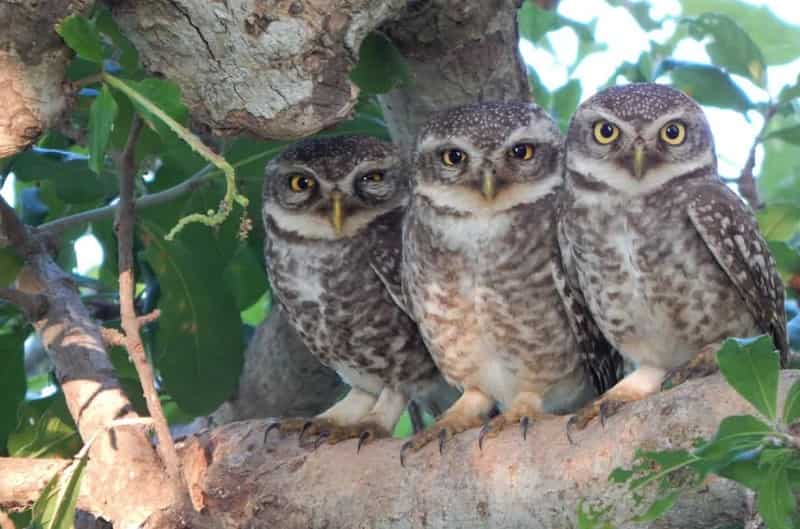
A very famous place for picnic especially during the vacation is located at Chennai. A very well known place for the entire family to go and enjoy the fun with nature is the best place for the picnic. This national Park is embraced with the children park along with the snake park.
Guindy National Park is the beautiful blend of flora and fauna. Here, it carries the unique kind of dilapidated vegetation that represents the thorny jungle of the scrub dry region of the southern India. This sanctuary contains more than 30 species of trees that include the old huge dappled banyan tree. This sanctuary holds the pot mouth for lakes, ponds, footpaths, roads, nature’s trail all situated at one spots is the best way to interact with the nature. The nature lovers feel affection for this place and have regular visit to this sanctuaries. This sanctuary offers you the nest view of nature through its wildlife.
Historical Background of the Park
Going back and looking at its Historical Background, the Guindy National Park was famous as Hunting Park. It was under the British Citizen named Gilbert Rodericks. In 1817, the owner of this place died with heavy property heavily mortgaged.
In 1821, this land was purchased by the Government of Madras at the amount of Rs. 35,000 or 10,000 pagodas. Pagodas were the gold currency used to trade at that period. In the later period during 1910 the government declared this place as a reserved forest. In 1947, this place turns out to be the permanent residence of the Governor which is known as Raj Bhavan. The place is around 400 hectares.
Under the permission of our Prime Minister Mr. Jawaharlal Nehru, this small portion of this area was considered to be children’s park. Later it was handed to the Forest Department in 1958. The near by land was allocated for Gandhi Mandapam (1954), IIT (1961), Guru Nanak Educational Society (1970), Rajaji Memorial (1974), Kamaraj Memorial (1975) and Cancer Institute (1977).
Fun with Flora and Fauna
Guindy park is bestowed with the an array of 24 different trees namely Amona Squamosa, Feronia Limonia, Atlanta Monoplylla, Azadirachta India etc. In addition to this 14 range of shrubs are found in this park.
The main attraction in the Guindy National Park is the arrival of the rare and unique Indian Antelope which can be seen only in India and no where else in the world. This Indian Antelope is also famous as ‘Black Buck’. Well this is not enough, in order to add fun to visit, the park also has 14 types of mammals namely, Antelope, Jungle Cat, Indian Civet, Toddy Cat, Elephant, Spotted Dear, etc.
The parks is decorated with the varied range of birds like King Fisher, Golden Backed Woodpecker, Yellow Wattled Lapwing, Blue Faced Malkoha, Koels, Minivets, Barbets, Grey Partridge, Robins, Quails, Flycatcher, Stone Curlew, Blue Jay, Crow Pheasant, Red Wattled Lapwing, Shrikes, Doves, Munias, Parakeets, Tailor Birds, Drongos, Beak Paradise, and so on. Even the amphibians are available in snake parks.
Where to Stay
Chennai, capital city of the state Tamil Nadu has amenities and facilities to accommodate ranging from economic to luxurious standard of living.
Kalakadu (Kalakad ) Wildlife Sanctuary
- Located At: Tirunelveli District, Tamil Nadu
- Well Known As: lion Tailed Macaque’s Preserve
- Area Covered: 223-Sq. Km
- Best Period to Visit: September to March
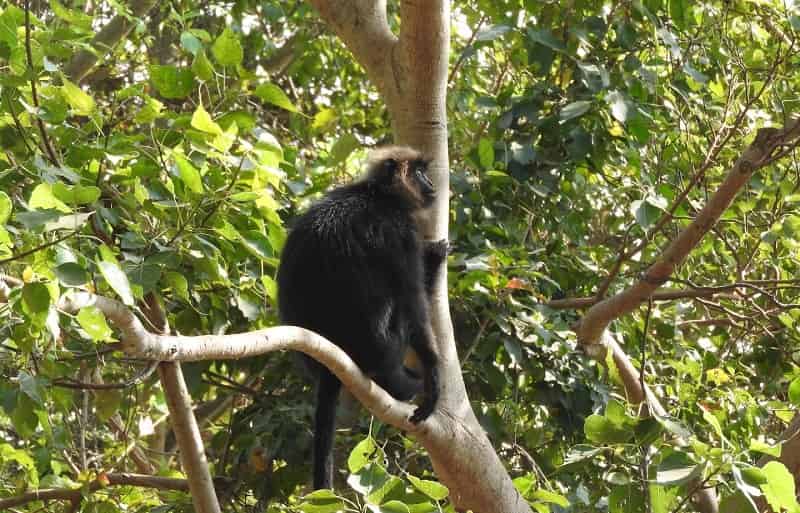
Kalakadu wildlife sanctuary is located in the Tirunelveli District of Tamil Nadu in the region of 223 sq.km. along the foothills of Western Ghats and the surrounding region. The Kalakadu wildlife is just 47 km away from Tirunelveli is well known for botanists and ornithologists as it got great range of flora and bird life.
It is popular as Lion Tailed macaque’s preserve. Sloth Bear, Flying Squirrel, Sambar, Pangolin are found in Kalakadu Wildlife Sanctuary. The period between September and March is the best season to visit Kalakadu Wildlife Sanctuary.
Flora
The flora is deeply rooted from tropical wet evergreen forest to tropical dry deciduous forest and thorn forest down the hills.
Fauna
Lion tailed macaque, Bonnet Macaque, Nilgiri Thar, Sloth Bear, Tiger, Panther, Pangolin, Nilgiri Langur, Common Langur, Sambhar, Gaur, Elephant, Flying Squirrel, Wild Dog are some of the inhabitants seen in this sanctuary. In addition to this, variety of reptiles and birds can be seen here.
Tourist Guide
Trekking
you can enjoy trekking in this region with the prior permission from the Forest (Wildlife) Department.
Koonthankulam Bird Sanctuary
- Located At: South of Tirunelveli at the distance of 33-km in Nanguneri Taluk, Tamil Nadu
- Best Period to Visit: January to April 21, 2011
- Significance: More than 10,000 migrate birds can be seen here.
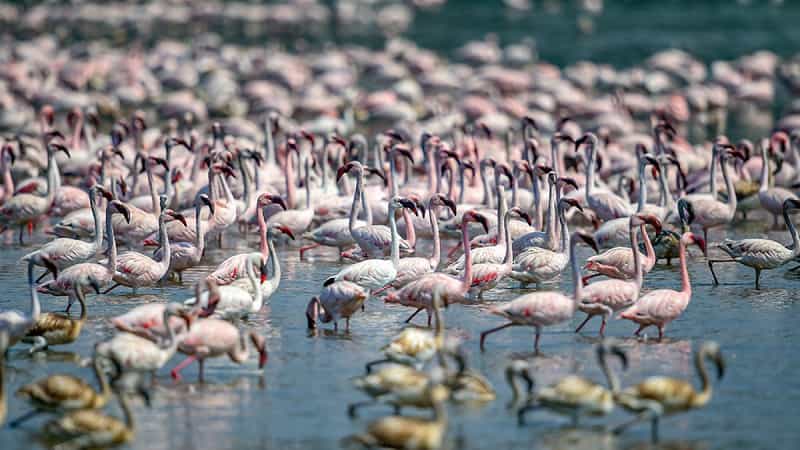
Koonthankulam Bird Sanctuary is located at 33km south from Tirunelveli in Nanguneri Taluk. Kunthakulam is a tiny and a beautiful village, which is enclosed with the natural pond and forest. There is a particular season for which there are more than 10,000 birds migrating from various countries like Myanmar, USA, Pakistan, Sri Lanka. They come here only for that particular season and when the season ends, they get back to their original place.
Where to Stay?
- Hotels and lodges are accessible in Tirunelveli.
- Municipal Traveler’s Bungalow
- Circuit House, P.W.D. Vannarapettai
- Hotel Tamil Nadu
Vedanthangal Bird Sanctuary
- Located At: Kanchipuram District, Tamil Nadu
- Covers: 30 Acres
- Best Time to Visit: November and February
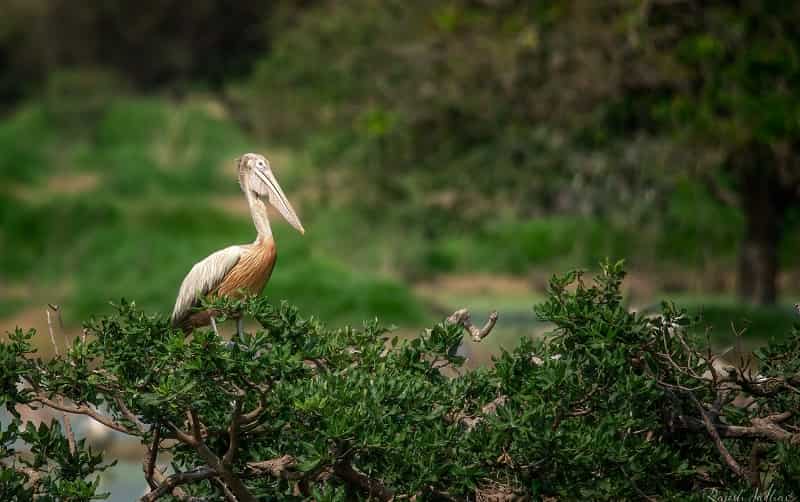
Vedanthangal Bird Sanctuary is situated at distance of the 85km in Kanchipuram district from Chennai. It is known for the its presence since 200 years and considered as one of the oldest sanctuary. Watching birds in the Vedanthangal Bird Sanctuary is just like experiencing the paradise on earth. It looks most beautiful in winter season when birds are flying in many colors and different species. Its a beautiful sight worth watching.
This 30 acre marshy lake is nesting ground for more than 1,00,000. The best period to enjoy this bird is during their migrating period between November and February. Sunrise and the sunset is the best time to observe this birds. Facility is also available for watching this birds on tower.
Nesting Birds
Little Cormorants, Hornbills, Storks, Darters, Grey Herons, White Pelicans, Egrets, are the most popular visitors of this land. These birds travel thousands of miles so that they can avoid the cold on their way and finally arrives in this region and nest themselves. The best time to watch them is between November and February.
The number of birds during the recent migration has been decreasing because of the increasing pollution and in the decreased water level. There is lack of maintenance of lake. Moorhen, Terns and Coots are some of the birds migrating in this region. Approximately 115 species of birds are recorded in this sanctuary.
Where To Stay?
Forest Rest House in Vedanthangal.
- Must Read: Most Popular Bird Sanctuaries in India
